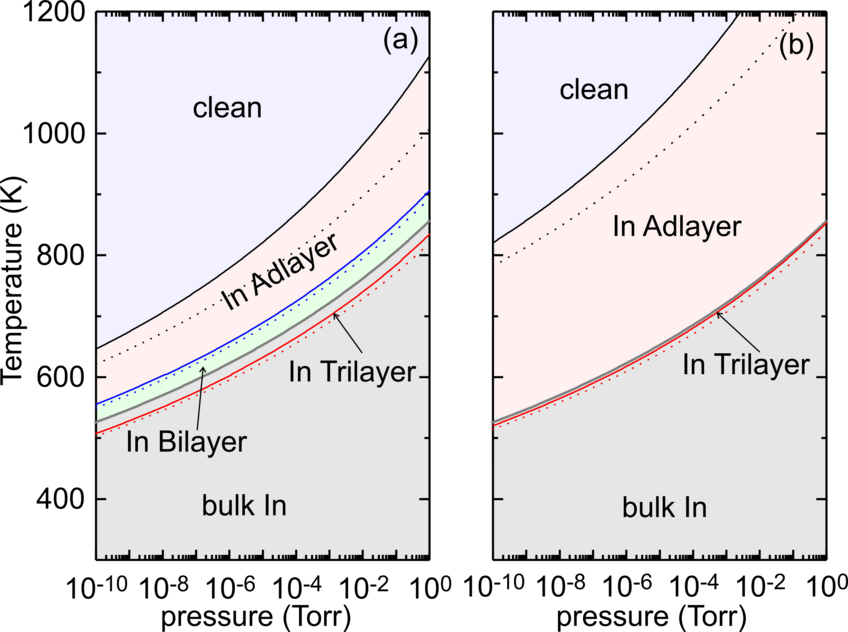
AlGaInN materials on semi-polar templates for yellow emission in solid state lighting applications (ALIGHT)
The majority of III-N are grown along the polar c-axis of the wurtzite structure, leading to an enhanced carrier separation due to polarization-induced electrostatic fields of the order of MV/cm. A promising approach preventing such effects is the growth along semipolar orientations, i.e. planes with a nonzero h, k, or i and a nonzero l Miller index. A fascinating feature of the semipolar planes is that depending on their orientation they may exhibit either Ga-polar or N-polar “flavor” and on the same time lye close to m- or a-plane non-polar character. However, it is still an open question whether the extensive experience gathered from the growth of polar and/or non-polar planes can be applied to the semipolar planes or whether novel atomistic mechanisms dominate the growth. A prerequisite to achieve smooth semipolar surface morphologies and high quality material is to gather a deep understanding of the atomistic mechanisms governing the growth of these surfaces.
ALIGHT is an EU funded project under the European Union 7th Framework programme under the New Materials and Processes (NMP) theme and addresses the materials for improved LED devices by developing new large area substrates using sapphire and silicon templates. These templates will permit the growth of LEDs where the detrimental effects seen in conventional structures are mitigated. The project also develops new materials for the emitting layers targeting yellow emission which is limited in current technology. The project consortium has 6 partners (Tyndall National Institute, Cork, Ireland, University of Cambridge, UK, University of Ulm, Germany, The Max Planck Institute für Eisenforschung, Düsseldorf, Osram Opto Semiconductor, Regensburg, Germany and The Ferdinand Braun Institut, Berlin, Germany). More information can be found here.
The aim of Growth Modeling group is to investigate the growth of semipolar (1122) AlInGaN planes by means of ab-initio based surface phase diagrams. A special emphasis is given to the investigation of In incorporation and the interplay between incorporation kinetics and strain fields as it is important for the growth of In rich QW structures.

